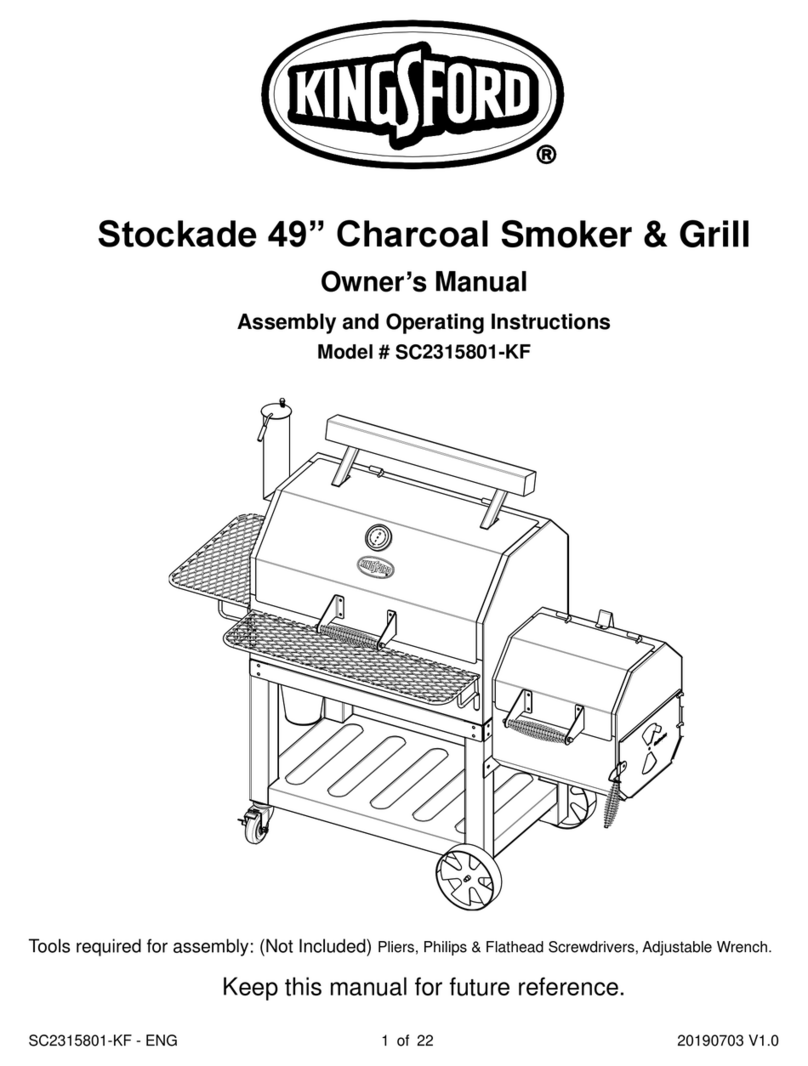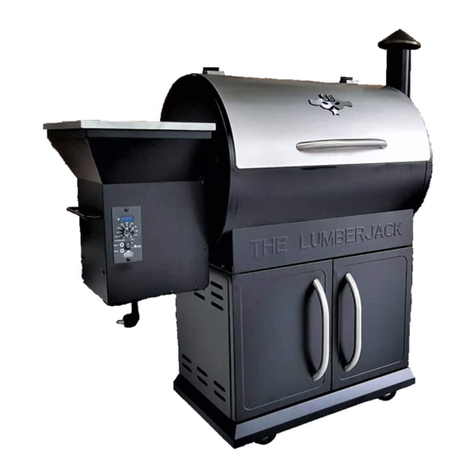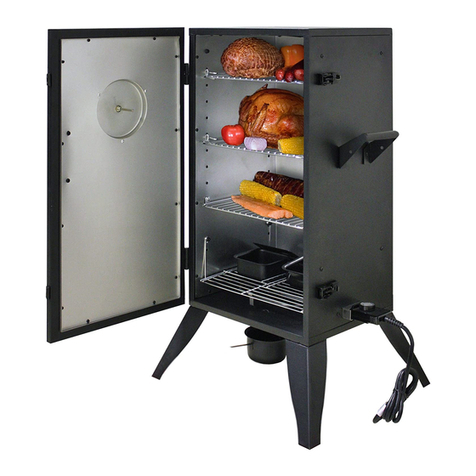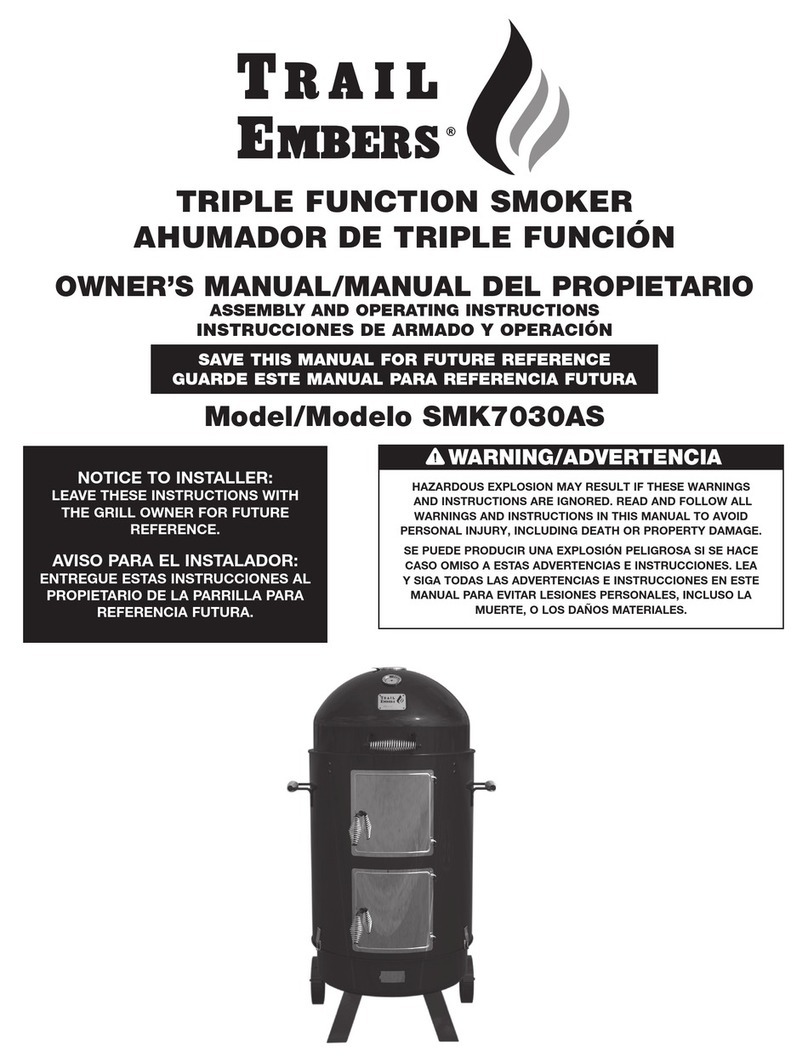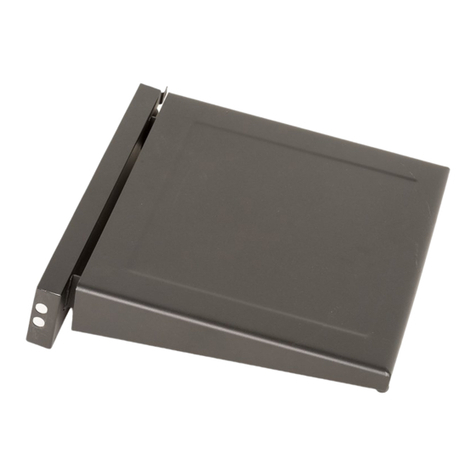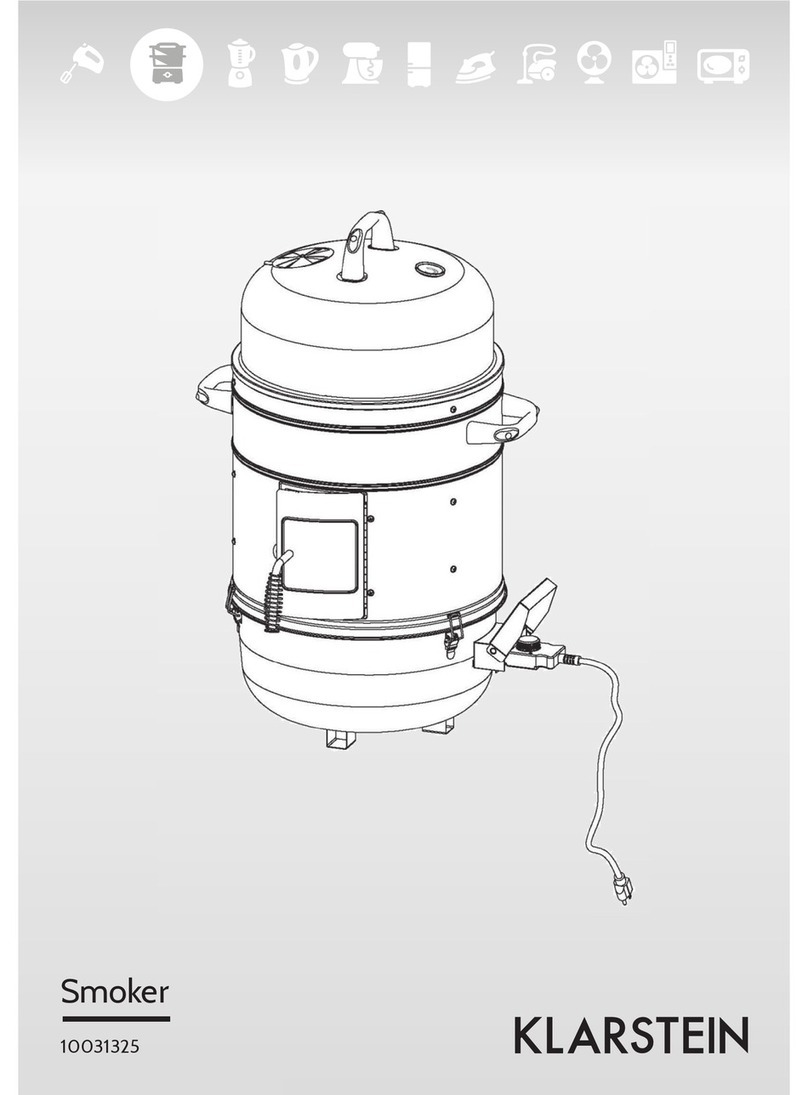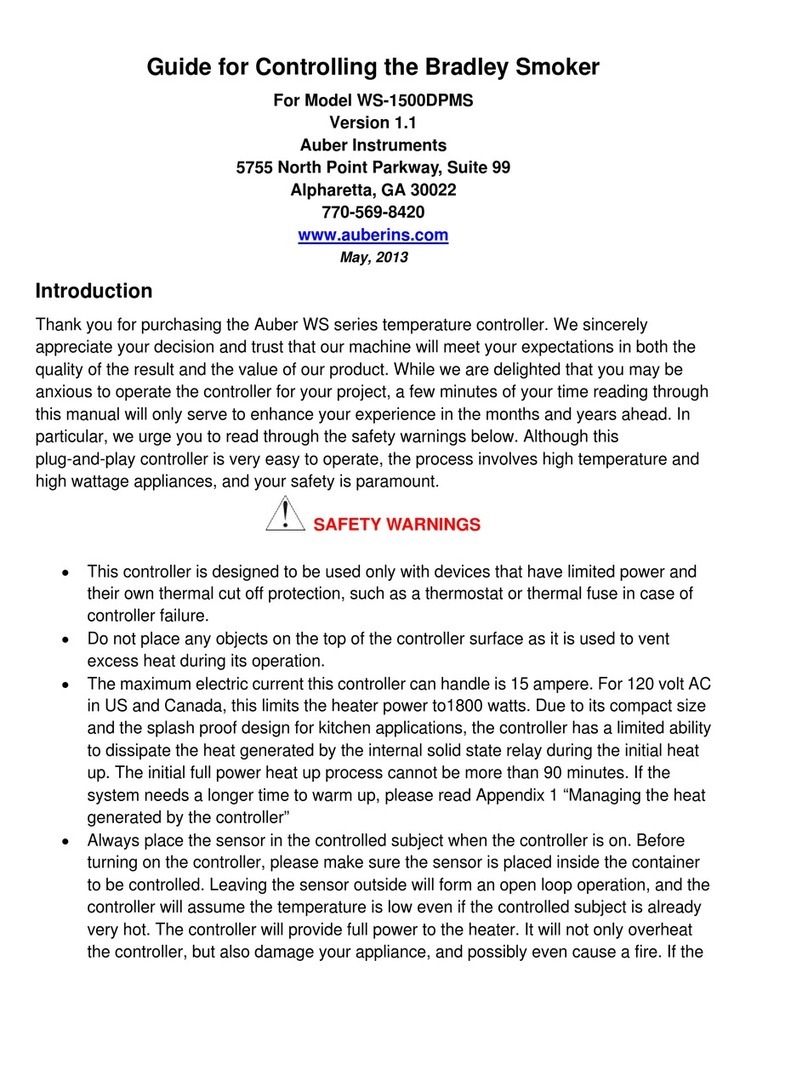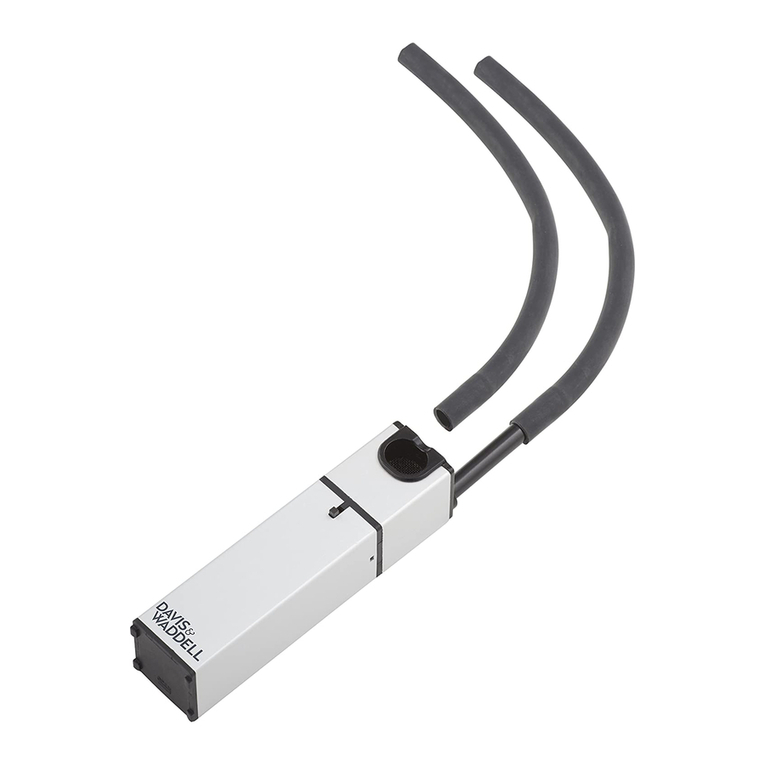
2
Inhaltsverzeichnis
Einleitende Information....................
Warnhinweise ...................................
Füllstand & Sicherheitsfunktion ........
Hinweis zur Programmierung ...........
Lieferumfang.....................................
Produktbeschreibung........................
Auslieferungszustand........................
Einbau...............................................
Grundeinbau ohne Zylinderdampf.....
Zylinderdampfausgänge....................
Gleisanschluss..................................
Takteingang ......................................
Taktausgang......................................
Lastabhängigkeit...............................
Programmierung...............................
Programmiersperre CV 15 / 16.........
Ansteuerung des Verdampfers..........
Vorheizung........................................
Verdampfer / Lüfter einschalten........
Dampfmenge (Lüftersteuerung)........
Heizprole.........................................
Ausblasfunktion ................................
Ausblasfunktion bei Anfahrt..............
Manuelle Ausblasfunktion.................
Wechsel des Heizelements................
Firmwareupdate ................................
Technische Daten..............................
Gewährleistung & Kundendienst.......
Hotline ..............................................
CV Tabelle.........................................
Table of Contents
Introduction ......................................
Warning Notes..................................
Tank Capacity & Safety Features.......
Note on Programming ......................
Scope of supply ................................
Summary of functions ......................
Default settings.................................
Installation ........................................
Basic hook-up w/o cylinder steam ....
Cylinder Steam connectors...............
Track connection...............................
Clock Input........................................
Clock Output .....................................
Load dependant operation ................
Programming....................................
Programming Lock CV 15 / 16..........
Operating the Smoke Generator........
Preheating.........................................
Activating the Pulsed Smoker ...........
Smoke Volume (Fan Control)............
Heating Proles.................................
Smoke ejection .................................
Smoke ejection at start .....................
Manual smoke ejection .....................
Replacing the Heating Element .........
Firmwareupdate ................................
Technical Specications....................
Warranty & Service...........................
Hotline ..............................................
CV Table............................................
3
3
4
5
5
5
6
7
7
10
11
12
14
15
15
16
16
16
17
17
18
18
18
18
19
20
20
20
21
22
1.
1.1
1.2
1.3
2.
2.1
2.2
3.
3.1
3.2
3.3
3.4.
3.5
3.6
4.
4.1
4.2
4.2.1
4.2.2
4.3
4.4
4.5
4.5.1
4.5.2
5.
6.
7.
8.
9.


